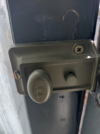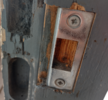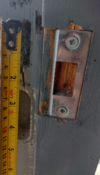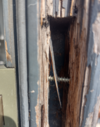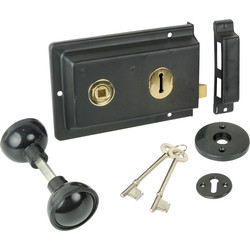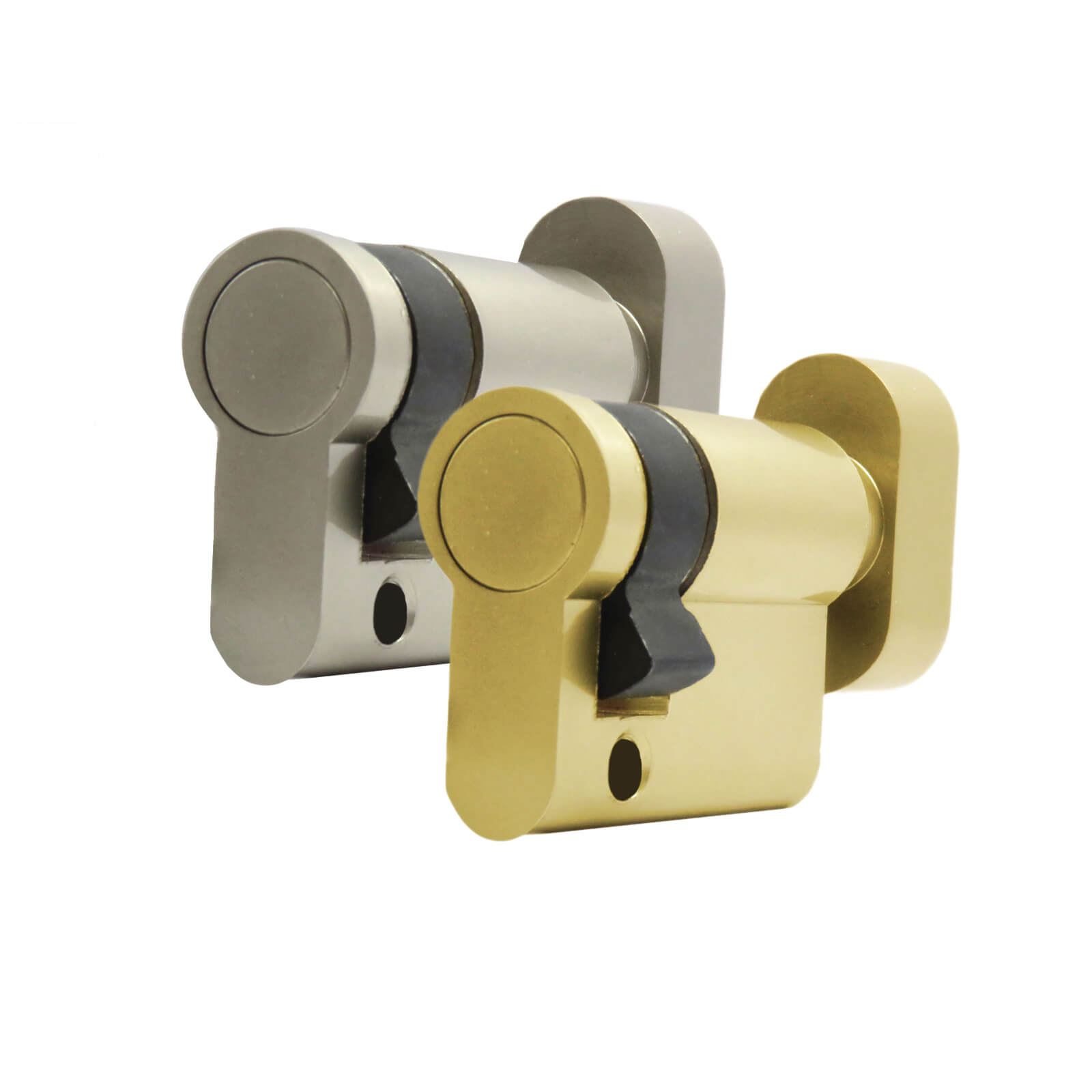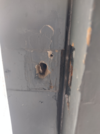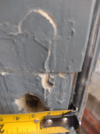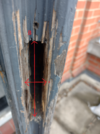Balcony door currently has a nightlatch, which is terrible as the you get locked out if the wind slams the door shut.
So, I was after advice on a suitable replacement lock and door handle.
The door does look like it has previously had some sort of mortice lock installed in the past, so I put a tape measure to show the length of the chiselled parts
As it is a balcony door, i only need it to lock internally
So, I was after advice on a suitable replacement lock and door handle.
The door does look like it has previously had some sort of mortice lock installed in the past, so I put a tape measure to show the length of the chiselled parts
As it is a balcony door, i only need it to lock internally


